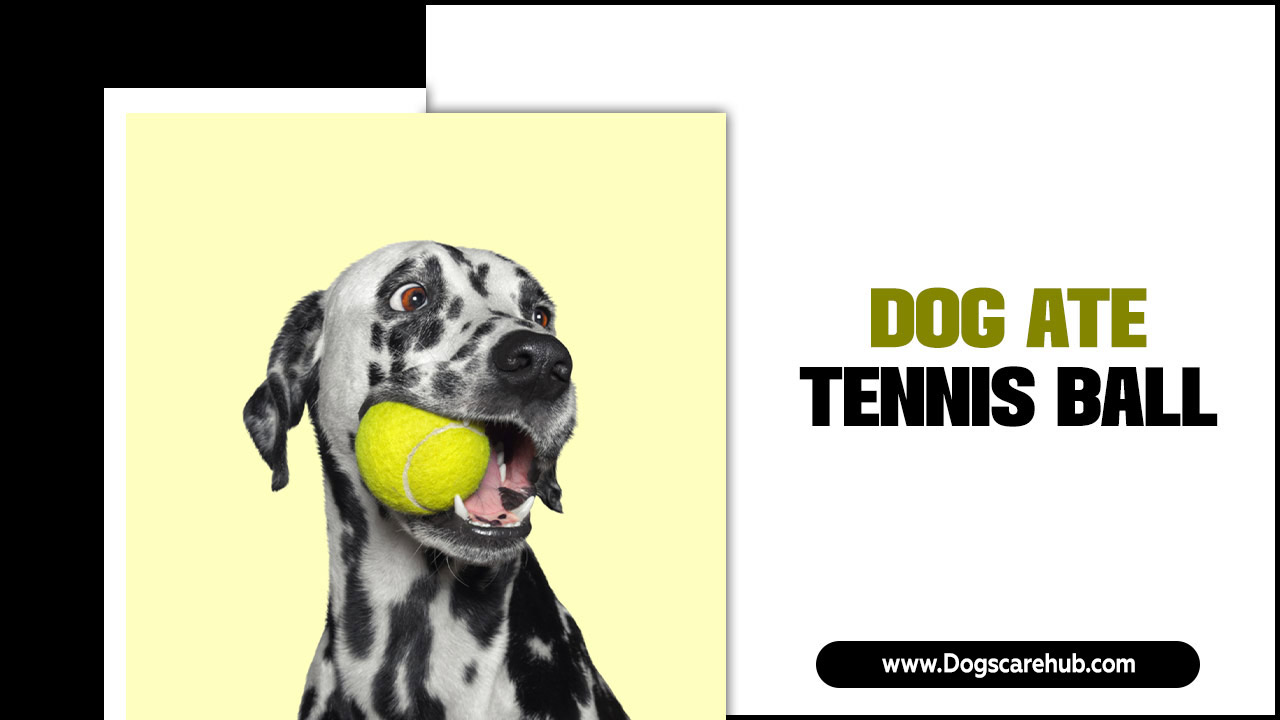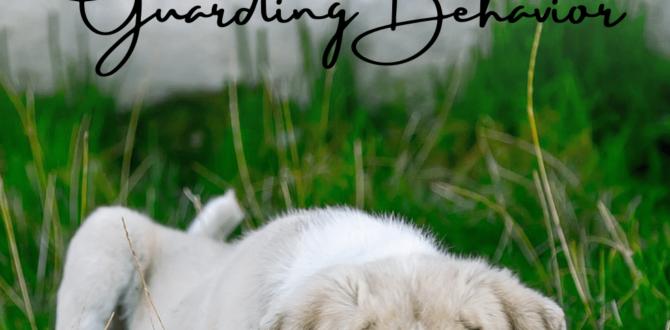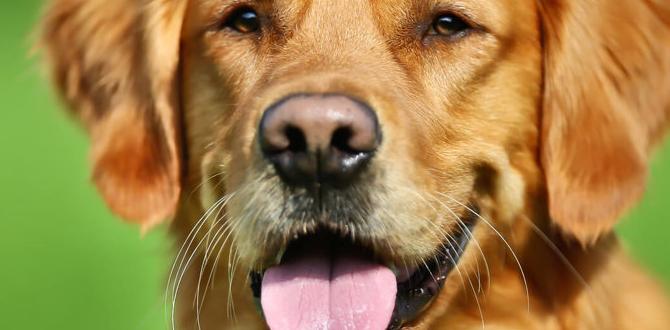Have you ever wondered if older dogs can learn new tricks? Many people think it’s hard to socialize older dogs, but it’s possible and fun! Socializing helps them feel happy and safe. It can even make them healthier. Do you want to know some dog socialization tips for older dogs? You’re in the right place! We’ll explore fun and easy ways to help your dog make new friends.
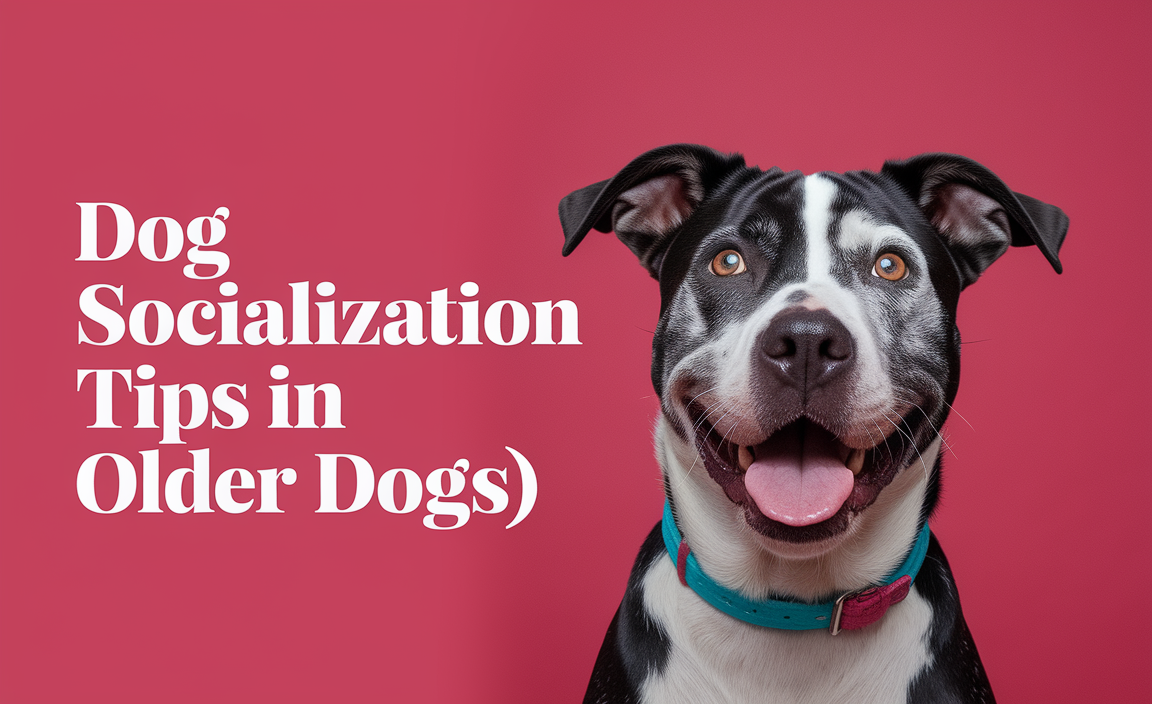
Key Takeaways
- Older dogs can learn to socialize at any age.
- Be patient and use positive rewards.
- Gradual exposure is key for older dogs.
- Supervise all interactions with other pets or people.
- Dog socialization tips in older dogs improve their happiness.
Understanding Older Dogs’ Social Needs
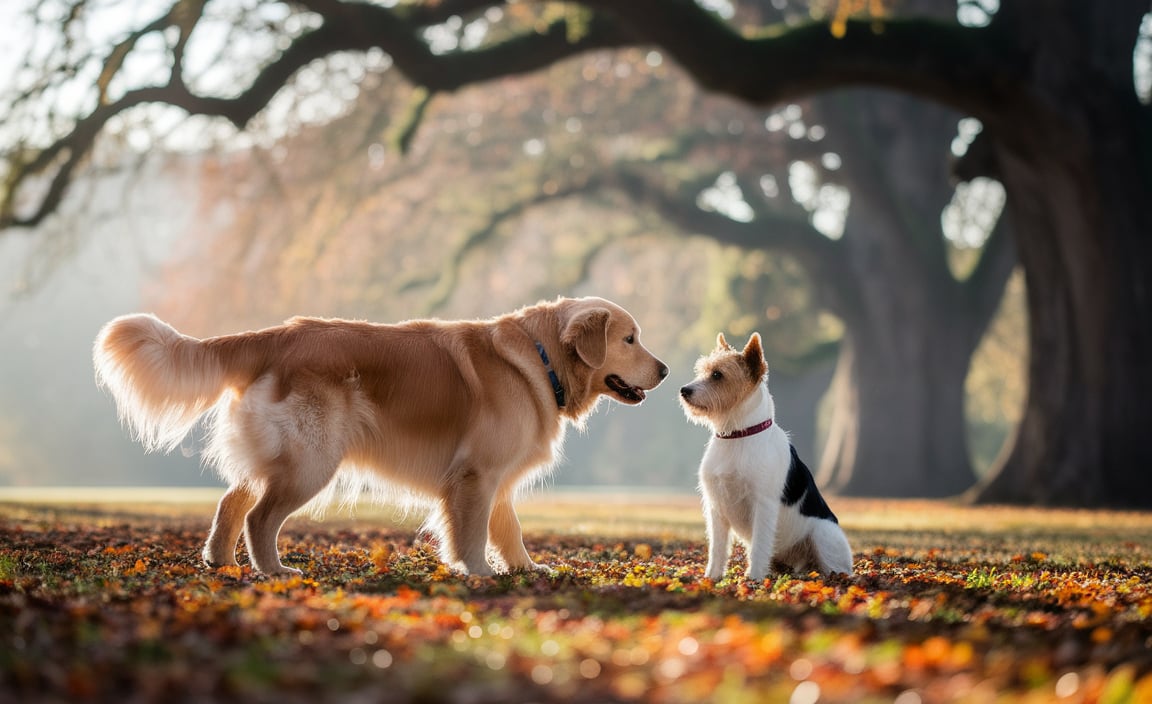
Older dogs might have different needs compared to puppies. They may feel nervous at first. It’s important to start slowly. Use gentle introductions when meeting new dogs or people. Let them sniff and explore at their own pace. Go to places with fewer people first. Encourage them with treats and kind words. Create a safe and calm environment for learning.
- Start with familiar places.
- Introduce new friends slowly.
- Use positive reinforcement.
- Watch for stress signals.
- Maintain a routine.
- Encourage gentle play.
- Offer breaks when needed.
Older dogs may take longer to adjust. That’s okay! The key is to be patient and consistent. Regular socialization helps them build confidence. Keep sessions short and fun. Over time, your dog will become more comfortable. They might even surprise you with their progress. Remember, every dog is unique, and they learn at their own pace. Fun Fact or Stats: Dogs can understand up to 250 words!
Why Do Older Dogs Need Socialization?
Do you know why older dogs need socialization? It helps them feel safe and secure. A well-socialized dog is often happier. Socialization reduces stress and anxiety. It also helps them adapt to changes. Dogs are social animals. They enjoy being part of a group. Socialization also teaches them how to behave around others. This can lead to fewer behavioral problems. Isn’t that great?
Signs Your Dog Needs More Socialization
Is your dog shy or fearful? These could be signs they need more socialization. Other signs include barking at strangers, hiding, or showing aggression. Dogs that are well-socialized are usually calm and friendly. They enjoy meeting new people and animals. If your dog shows signs of fear, start socializing slowly. Use positive experiences to boost their confidence. Remember, it’s never too late to start!
Tools to Help Socialize Older Dogs
What can help socialize older dogs? Toys and treats are great tools. Use these to reward good behavior. Leashes and harnesses can help control interactions. Dog parks are perfect for meeting new friends. Training classes offer structure. They teach important commands. Having a routine is also helpful. Dogs love knowing what to expect. These tools can make socializing easier and more fun.
Creating Positive Social Experiences
Creating positive social experiences is crucial for older dogs. Start by choosing the right environment. Avoid busy places at first. Find a quiet park or friend’s backyard. Always supervise interactions. Use a calm voice and slow movements. Treats and praise encourage good behavior. Gradually increase exposure to new situations. This way, your dog builds confidence over time.
- Select calm environments first.
- Use gentle words and actions.
- Reward positive behavior.
- Introduce new things slowly.
- Encourage gentle interactions.
- Take breaks if needed.
- Be consistent with training.
Every dog has a different pace. Some might make friends quickly, while others take their time. Celebrate each small success. Keep experiences positive and stress-free. Your efforts will help your dog enjoy social moments. Over time, you’ll see them become more relaxed and happy. Fun Fact or Stats: Dogs can smell 10,000 times better than humans!
Common Socialization Challenges
What challenges might you face with older dogs? Some dogs fear loud noises or crowded places. Others might be wary of new people. These challenges are normal. Be patient and understanding. Avoid forcing your dog into uncomfortable situations. Use distractions like toys to ease anxiety. With time and patience, most challenges can be managed.
Role of Patience in Socializing Older Dogs
How important is patience in socializing older dogs? It’s very important! Dogs learn at their own speed. Some may need more time than others. Rushing can cause stress or fear. Always be calm and supportive. Celebrate small victories. Remember, patience leads to trust. Trust helps build stronger bonds. Your dog will appreciate your understanding and love.
Recognizing Success in Socialization
How do you know if socialization is working? Look for positive changes. A well-socialized dog might greet strangers calmly. They may explore new places with interest. Notice if they play well with others. Reduced anxiety is a good sign too. Celebrate these successes. They show that your hard work is paying off. Keep encouraging your dog to learn and grow.
Role of Routine in Socializing

Routines help dogs feel secure. A regular schedule builds confidence. It helps dogs know what to expect. Feed and walk your dog at the same times each day. Include socialization in their routine. This could mean a daily walk or a trip to the park. Consistency helps dogs adjust to new experiences. Routines make it easier for them to learn social skills.
- Set regular feeding times.
- Schedule daily walks.
- Include playtime with others.
- Keep training sessions regular.
- Introduce new activities gradually.
- Monitor their progress.
- Make adjustments as needed.
Dogs thrive on predictability. It reduces their anxiety. Consistent routines teach them what’s expected. Over time, they’ll become more confident. They’ll look forward to social time. Routines also help you notice any changes in behavior. This makes it easier to address any issues. Fun Fact or Stats: Dogs have three eyelids!
Setting Up a Dog-Friendly Routine
Wondering how to set up a dog-friendly routine? Start with the basics. Feed and walk your dog at the same times. Add in training and playtime. Socialization should be part of the plan. Make it fun and positive. Use rewards to encourage participation. Adjust the routine if needed. Every dog is unique. Find what works best for yours.
Benefits of Routine in Older Dogs
What are the benefits of routine for older dogs? Routines provide comfort. They reduce stress and anxiety. Dogs feel safer when they know what to expect. Routines help them learn faster. They also improve overall behavior. A happy dog is a well-adjusted dog. Routines make life easier for both you and your pet. They form the foundation of a strong bond.
Daily Activities to Include in Routines
What daily activities should be in your dog’s routine? Start with regular walks. Exercise keeps them healthy and happy. Include feeding times, training, and play. Don’t forget social time with other dogs or people. Use toys for mental stimulation. Keep activities short and fun. Adjust based on your dog’s needs. Routines help your dog feel secure and loved.
Training Techniques for Socialization
Training is key to successful socialization. Use positive reinforcement. Reward your dog with treats and praise. Start with simple commands like “sit” and “stay.” Gradually work on more complex ones. Practice in a variety of settings. This helps your dog adjust to new environments. Always be patient and encouraging. Training should be fun, not stressful.
- Use positive reinforcement.
- Start with basic commands.
- Train in different locations.
- Incorporate social skills.
- Keep sessions short and fun.
- Monitor progress consistently.
- Use toys to enhance learning.
Training builds trust and understanding. It strengthens your bond. Social skills will improve over time. Your dog will become more comfortable in social settings. Continue practicing regularly. Remember to celebrate small achievements. Training is a journey, not a race. Enjoy the time spent learning together. Fun Fact or Stats: Dogs can hear sounds four times farther than humans!
Using Treats in Socialization Training
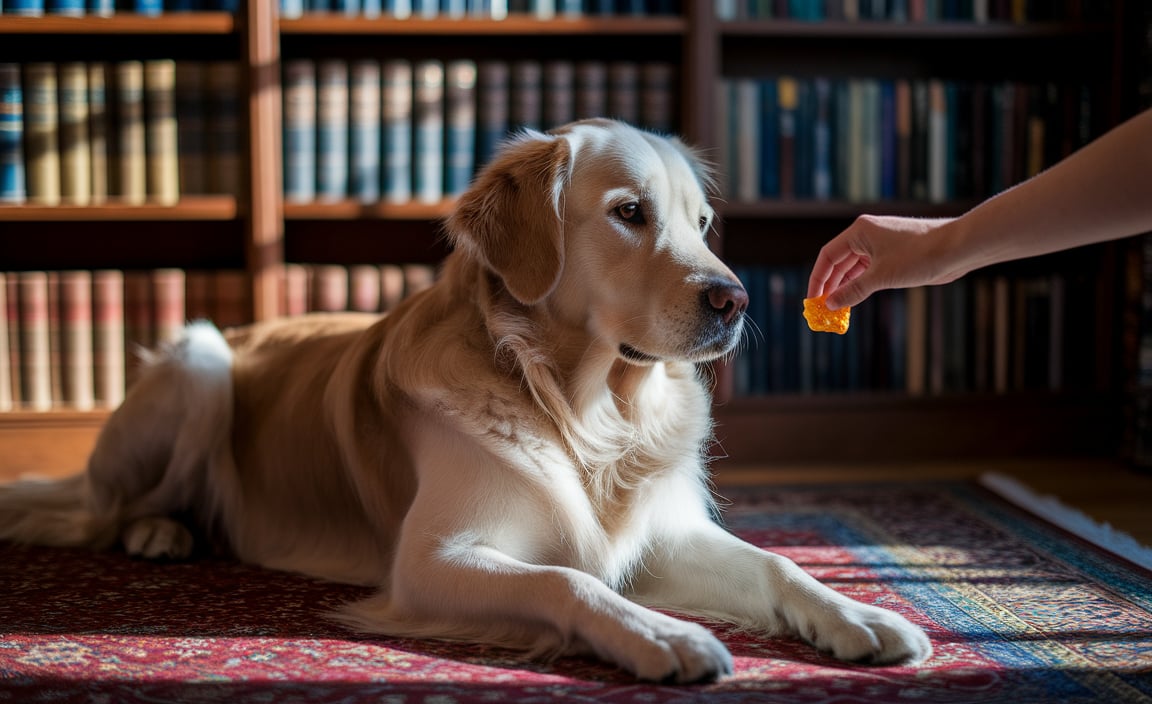
How can treats help with socialization? They are great motivators! Most dogs love them. Use treats to reward good behavior. They encourage positive associations. Carry treats when meeting new friends. Offer them when your dog stays calm. Treats make training sessions more enjoyable. They show your dog they are doing well. Always use them wisely.
Simple Commands to Teach for Socialization
What commands are helpful for socialization? Start with “sit” and “stay.” These are essential. They help control your dog in social situations. “Leave it” is another useful command. It prevents unwanted behavior. “Come” is important for recall. Practice these commands regularly. Use them in different settings. This reinforces learning and improves social skills.
Adapting Training Techniques for Older Dogs
How do you adapt training for older dogs? Be patient and flexible. Older dogs may take longer to learn. Use clear and simple instructions. Break tasks into smaller steps. Offer plenty of encouragement. Adjust the pace based on their comfort. Celebrate progress, no matter how small. Training can be a fun bonding activity for both of you.
| Command | Use | Training Time | Success Rate |
|---|---|---|---|
| Sit | Basic control | 5 minutes | High |
| Stay | Social settings | 10 minutes | Moderate |
| Leave it | Prevent issues | 15 minutes | Moderate |
| Come | Recall | 20 minutes | High |
Conclusion
Dog socialization tips in older dogs can transform their lives. It helps them feel safe and happy. Remember to be patient and use positive rewards. Gradual exposure builds confidence. Older dogs can learn new tricks, too! Consistency and care make a big difference. Enjoy the journey with your furry friend!
FAQs
Question: Can older dogs still learn to socialize?
Answer: Yes, older dogs can learn to socialize. It might take more time, but patience and consistency help them adjust. Using dog socialization tips in older dogs can make the process smoother and more enjoyable.
Question: What should I avoid when socializing an older dog?
Answer: Avoid forcing your dog into stressful situations. Never rush interactions. Always use positive reinforcement. Pay attention to their comfort and progress. Adjust the pace based on their needs.
Question: How do I know if my older dog needs more socialization?
Answer: Watch for signs like fear or aggression towards strangers. If your dog hides or barks excessively, they might need more socialization. Use dog socialization tips in older dogs to help them feel more comfortable.
Question: Are training classes helpful for older dogs?
Answer: Yes, training classes offer structure and guidance. They teach important commands and social skills. Classes provide a controlled environment for learning. They can be beneficial for dogs of all ages.
Question: What are some good places to socialize older dogs?
Answer: Start with quiet parks or friend’s backyards. Avoid crowded areas at first. Gradually introduce them to busier places. Dog parks and training classes are also great options for socializing.
Question: How important is routine in dog socialization?
Answer: Routine is very important. It provides structure and predictability. Consistent schedules help build confidence. They make it easier for older dogs to learn new social skills. Follow established routines for best results.
Meet Elyse Colburn, the devoted canine companion and storyteller behind the enchanting world of “Tales, Tails, and Adventures Unleashed.” A passionate dog enthusiast with a heart full of paw prints, Elyse Colburn shares heartwarming tales and insightful adventures, celebrating the joy, loyalty, and endless antics that make every dog a true hero. Join Elyse Colburn on this tail-wagging journey, where every post is a love letter to our four-legged friends.

